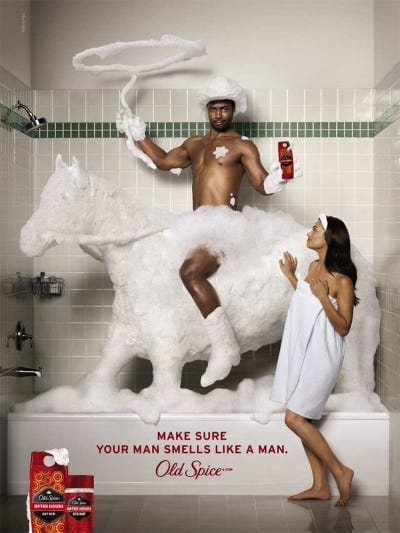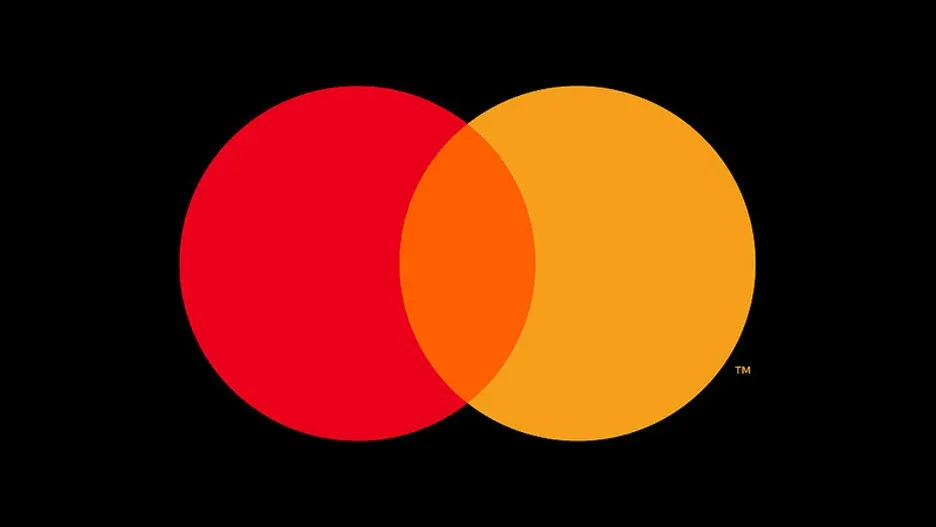When Brands Introduce Tension
Consistency is key. That’s the mantra repeated in marketing meetings and design studios across the globe. But what if we've been looking at it all wrong? What if the secret to creating a truly memorable brand lies not in unwavering consistency but in the strategic use of cognitive dissonance?
Cognitive dissonance occurs when we encounter information that conflicts with our existing beliefs or expectations. While traditionally seen as something to avoid, intentionally creating this mental tension can make your brand more memorable and engaging.
Why does this work? Our brains are wired to notice and remember things that don't quite fit our expectations. When we encounter something that creates tension, we pay more attention to it. We try to reconcile the conflicting information, which leads to deeper processing and stronger memory formation.
In the context of branding, this means that a carefully crafted pattern interruption can make your brand stick in consumers' minds long after they've forgotten your more "consistent" competitors.
Old Spice Got Spicier
Let's dive deep into one of the most successful examples of shifting brand expectations in recent memory: Old Spice.
For decades, Old Spice was known as your grandfather's aftershave. The brand was steeped in tradition, with a reputation for being old-fashioned and, frankly, a bit stale. Their branding was consistent, alright – consistently forgettable for younger generations.
Then, in 2010, everything changed. Old Spice launched their "The Man Your Man Could Smell Like" campaign, featuring Isaiah Mustafa in a series of surreal, hyper-masculine, and just a little ridiculous ads.

Creating Friction
The campaign was a masterclass in contradiction:
- Tone Shift: Old Spice went from serious and traditional to absurdist and self-aware. This jarring change made people sit up and take notice.
- Visual Contrast: The ads featured rapid-fire scene changes and impossible feats, contrasting sharply with the brand's previously staid image.
- Target Audience Pivot: While still marketing a men's product, the ads explicitly targeted women, upending expectations about who the brand was speaking to.
- Product Perception: Old Spice reframed its products from old-fashioned necessities to tokens of an aspirational, if ridiculous, lifestyle.
The Results
The conflict between old and new created by this campaign was enormously successful:
- The initial YouTube video garnered 23 million views in 36 hours.
- Old Spice's Twitter following increased by 2700%.
- Sales doubled in the month following the campaign launch.
- The brand became a cultural touchstone, particularly among younger consumers.
By embracing the tension, Old Spice didn't just refresh its image – it completely reinvented itself in the public consciousness.
The Death of Static Branding
The Old Spice example illustrates a broader truth: static branding is dead. In today's fast-paced, ever-changing market, brands that evolve and sometimes surprise their audience stay relevant and interesting.
But evolution doesn't mean completely reinventing yourself every quarter. It's about finding the balance between maintaining your core identity and introducing elements of surprise and maybe even a little whiplash that keep your audience engaged.
Mastercard: A Study in Subtle Evolution
While Old Spice's transformation was dramatic and sudden, Mastercard offers an example of how a brand can evolve more subtly but no less effectively.
A History of Gradual Change
Mastercard's logo has been one of the most recognizable in the world for decades. The overlapping red and yellow circles have been a constant since the 1960s. However, the brand has not been afraid to evolve:
- 1990s: Introduced horizontal stripes in the overlap, creating a more dynamic visual.
- 2016: Simplified the logo, removing the stripes and moving the name below the circles.
- 2019: In a bold move, removed the name entirely from many applications of the logo.

The Power of Subtraction
The 2019 change, in particular, created mental friction. Consumers were used to seeing the Mastercard name alongside the logo. Its absence made people look twice, reinforcing the power of the visual brand.
This move was based on research showing that over 80% of people could identify the brand from the circles alone. By removing the name, Mastercard:
- Demonstrated confidence in its brand recognition.
- Created a cleaner, more versatile logo for digital applications.
- Generated buzz and discussion about the brand.
- Subtly challenged consumers to prove their brand literacy.
Maintaining Core Identity
Crucially, through all these changes, Mastercard maintained its core visual identity. The overlapping circles remained constant, providing a through-line that kept the brand recognizable even as it evolved.
This approach shows how a brand can create interest and engagement through careful evolution, without resorting to complete reinvention.
Implementing Strategic Brand Conflict
So how can you harness the power of dissonance for your brand? Here are some key strategies:
- Identify Your Core: Like American Tall's focus on clothing for tall people (see our other article for more on that), know your fundamental message. This is your anchor point – the aspect of your brand that should remain consistent even as other elements evolve.
- Create Controlled Tension: Introduce elements that challenge expectations about your brand, but ensure they still align with your core values. Old Spice's campaign was outrageous but still centered on masculinity and desirability.
- Evolve Gradually: Like Mastercard, allow your brand to grow and change over time, keeping your audience engaged and curious. Not every change needs to be a dramatic pivot.
- Balance the Unexpected and Familiarity: Maintain enough consistency that your brand remains recognizable, but don't be afraid to surprise. The goal is to be familiar enough to be trusted, but surprising enough to be interesting.
- Monitor and Adapt: Pay close attention to how your audience reacts to changes. Be prepared to double down on successful mindset mismatch or quickly adjust course if a change isn't resonating.
Keeping Audiences Engaged
Consumers are bombarded with countless brand messages. Standing out requires more than just consistency. Embracing change and suprise allows your brand to evolve. This creates a dynamic, memorable image that keeps your audience engaged and coming back for more.
Remember, your brand is a journey, not a destination. Don't be afraid to take the scenic route – the view might just be worth it. And who knows? Like Old Spice or Mastercard, you might just find that a little dissonance is music to your customers' ears.




